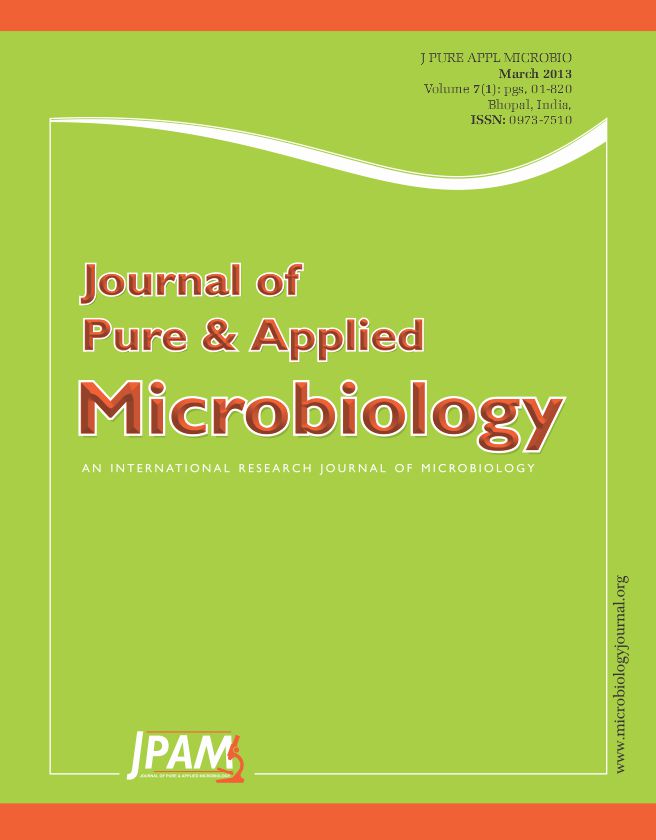Biopigments are such microbial product which has greater impact over chemically synthetic pigments. Certain organism like Monascus purpureus has the ability to produce monascorubramine, rubropunctamine etc. which are red coloured pigments. The aim of this work was to produce biopigments from organic waste, such as banana peel, chikoo peel, papaya peel, rice malt and molasses, to bring down the production cost and to reduce the organic load from the environment. Rice malt was found to be the best suitable substrate among these organic wastes when screened for production of biopigment using Monascus purpureus. The fermentation was carried out in different culture conditions and the maximum pigment production was achieved at 30 °C for 10 days of incubation and at pH 6. The down-streaming was performed with rice malt as the substrate and the pigment from Monascus purpureus was obtained effectively using ethanol as a solvent. The presence of red pigment was confirmed by HPLC.
Monascus purpureus, biopigments, rice malt, ethanol extract, HPLC
© The Author(s) 2014. Open Access. This article is distributed under the terms of the Creative Commons Attribution 4.0 International License which permits unrestricted use, sharing, distribution, and reproduction in any medium, provided you give appropriate credit to the original author(s) and the source, provide a link to the Creative Commons license, and indicate if changes were made.


